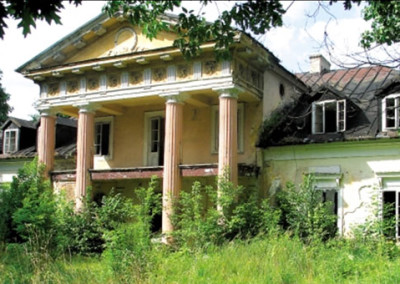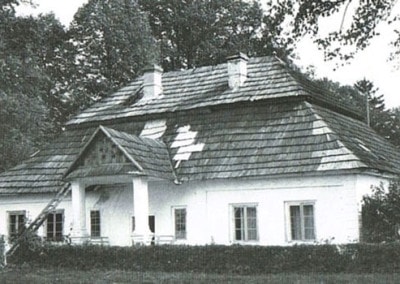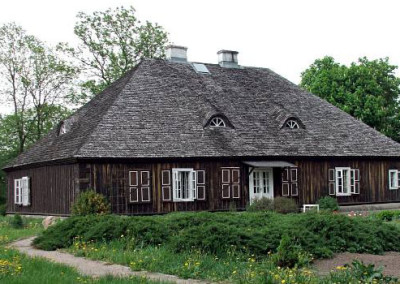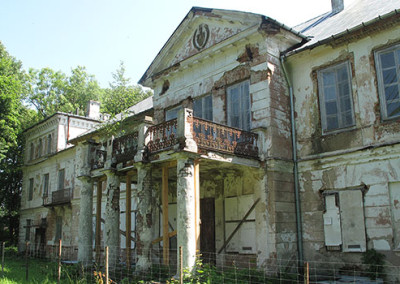Dispossession
Restitution of or payment of compensation for the properties illegally confiscated by the government during the Polish People’s Republic. (until 1989)During the Communism era in Poland the government introduced numerous regulations concerning confiscation of the private properties. After the new government, the reprivatization process in Poland began. At present, there are many pending proceedings in order to verify the legality of the previous nationalization. In the course of verification, it is often proven that the decisions were issued in clear violation of the law which enables the legitimate heirs to seek the return of or payment of compensation for the property taken illegally.
The agricultural reform
The Polish landed gentry was the biggest group to suffer from the process of nationalization. The Decree by the PKWN (Polish Committee of National Liberation) of 6 September 1944 on the reform of the agricultural policy concerned the takeover of agricultural property greater than 100 hectares of total area, or 50 hectares of the agricultural land. It was decided that in the areas of the Poznan, Pomerania and Silesia Voivodeships the total area of lands should not be greater than 100 hectares of the whole.
Many agricultural lands were nationalized under that Decree,including estates which in fact should not be affected. The reform was applied not only to the agricultural land, but to the whole estate, ie. manors, palaces with its furnishings, breweries, sawmills, parks, woods etc,. that should not have been included in the reform.
The budget of the Reprivatization Fund (in billions PLN)
The amount of money conveyed by the Reprivatization Fund per year (in billions PLN)
Bierut’s Decree
By the Decree from the 26th October 1945 all the teritory of Warsaw became the property of the Warsaw CommunityThe return of the estates lost as the result of Beirut’s Decree
The Zabużanie (Eastern Polish) people’s property
The Zabużanie people were granted rights to compensation equalling 20 % of the value of their property as a result of the decision by the European Court of Human Rightstotal number of claims paid out (in thousands)
total amount of money paid out (in billions)
total number of applications (in thousands)
Compensation for the property left in 1945 outside of the Polish territory
The issue concerning compensations for the Zabużanie people is no longer recent, but still valid. Although there have been over 60 000 of the claims, there are still many pending proceedings. Many of them had to be suspended due to the prolonged search for archived documents. Despite the fact that the public offices usually assist with finding the documents, it is the applicant’s duty to prove their right to the damages.
NOTICE: FOR THE PEOPLE WHO WERE REFUSED THE RIGHT TO THE COMPENSATION AS THEIR PROPERTY WAS NATIONALISED BETWEEN 1933 AND 1946.
According to the judgement by the Supreme Administrative Court of Poland no. I OSK 1767/13, all the legal acts issued by the occupants which led to the nationalization of the grounds located formally in the territory of Poland, have no real legal power.
Prior to this decision, the following approach had been adapted: first, applicants for the compensation had to prove that by leaving Kresy (Eastern Borderlands) they have left their properties there; second, the property that had been nationalized before 1946 was actually recognized to have been lost earlier and therefore their legitimate owners were denied the right to damages. According to the latest adjudication by the Court, the rightful owners of the properties may re-claim.
LexPolonia provides professional legal assistance with cases related to Easter Bordrlands properties. We also assist with finding the archived documents and in the evaluation of the assets.
Laws and regulations that constituted the basis for nationalization:
- Ustawa z dnia 3 stycznia 1946 roku o przejęciu na własność Państwa podstawowych gałęzi gospodarki narodowej – concerned the companies that employed more than 50 employees. However, even smaller companies were nationalized.
- Dekret z dnia 8 marca 1946 roku o majątkach opuszczonych i poniemieckich – could be applied to the estates left during the war
- Dekret z dnia 26 kwietnia 1949 r. o nabywaniu i przekazywaniu nieruchomości niezbędnych dla realizacji narodowych planów gospodarczych
- Dekret z dnia 27 lipca 1949 r. o przejęciu na własność Państwa nie pozostających w faktycznym władaniu właścicieli nieruchomości ziemskich, położonych w niektórych powiatach województwa białostockiego, lubelskiego, rzeszowskiego i krakowskiego
- Ustawa z dnia 25 lutego 1958 roku o uregulowaniu stanu prawnego mienia pozostającego pod zarządem państwowym
- Ustawa z dnia 12 marca 1958 r. o zasadach i trybie wywłaszczania nieruchomości
- Ustawa z dnia 22 kwietnia 1959 r. o remontach i odbudowie – the estates were nationalized when the predicted cost of the renovation was greater than 50 % of the actual value of the property
- Ustawa z dnia 29 kwietnia 1985 r. o gospodarce gruntami i wywłaszczaniu nieruchomości
ORDER AN ANALYSIS
Fill the form








